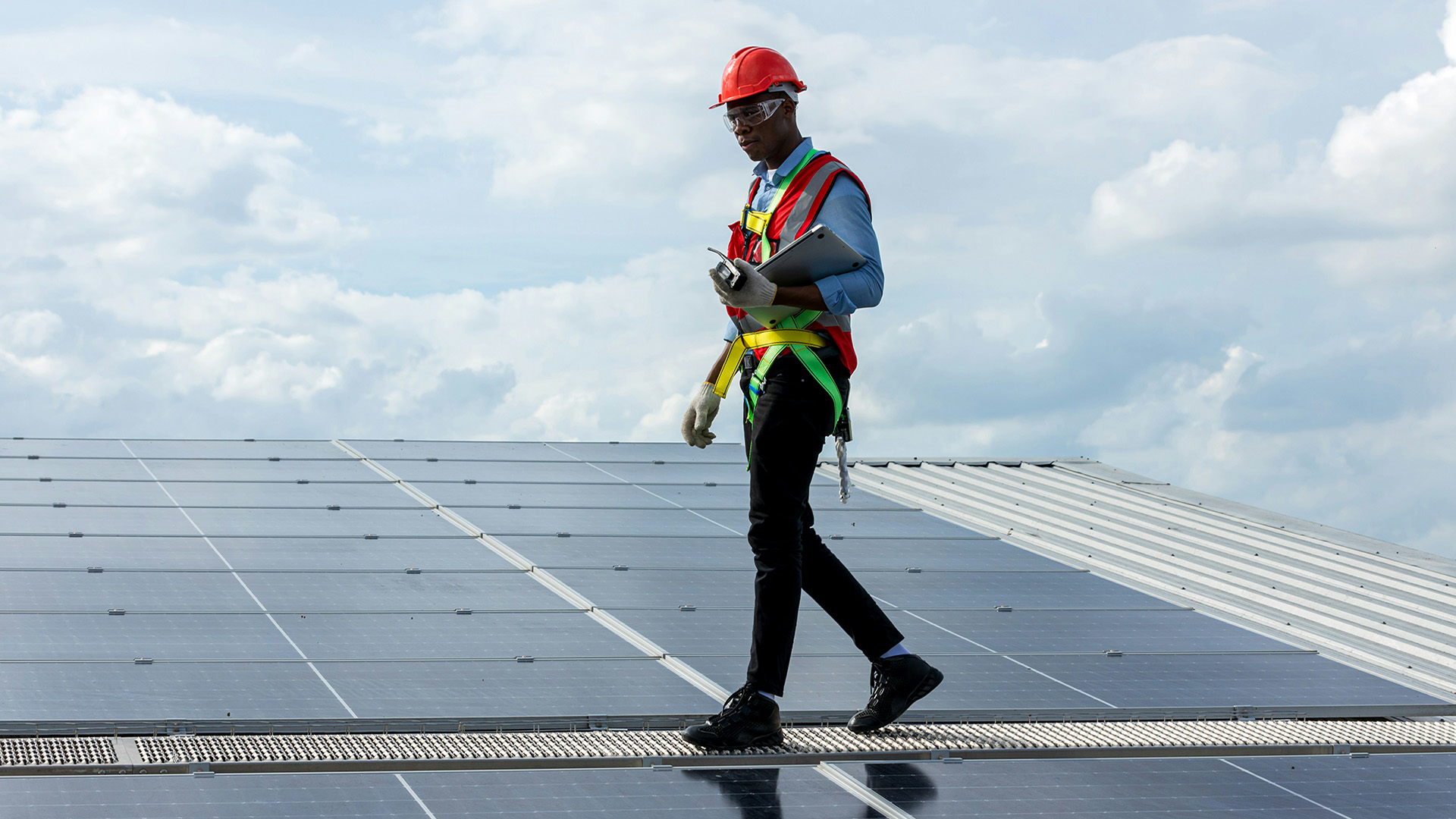As North America electrifies to meet the challenge of climate change, leaders and engineers must simultaneously update our underprepared electrical grid.
Electricity demands on the North American grid are increasing: Buildings, vehicles, and industries are electrifying to reduce pollution; data centers are growing to meet the demands for AI, crypto-mining, and storage services; and new air conditioners are being added to stave off harsher heat waves.
Power companies are finding that these demands are growing faster than they planned, making it difficult for power system operators to balance the electrical power being produced with the demand needed in real time.
Climate change itself makes this job even harder, as grid infrastructure faces threats from wildfires and some power plants become less efficient at higher temperatures. As a result, the grid must become more resilient to increasingly severe weather and climate disasters while, at the same time, the United States cuts pollution from its power sector operations in the next decade.
You may have heard from oil- and gas-dependent energy companies – or those they financially support – that this interconnected set of problems is impossible to solve while phasing out fossil fuels. But as a building and energy systems scientist working on climate change, I can assure you that a thriving, equitable human society is only attainable if we rapidly transition away from fossil fuels. Powering an electrified world without emitting climate pollution will require sweeping changes to how power is produced, stored, transported, and consumed. Here are six systemic shifts that must happen for the grid of the future.







